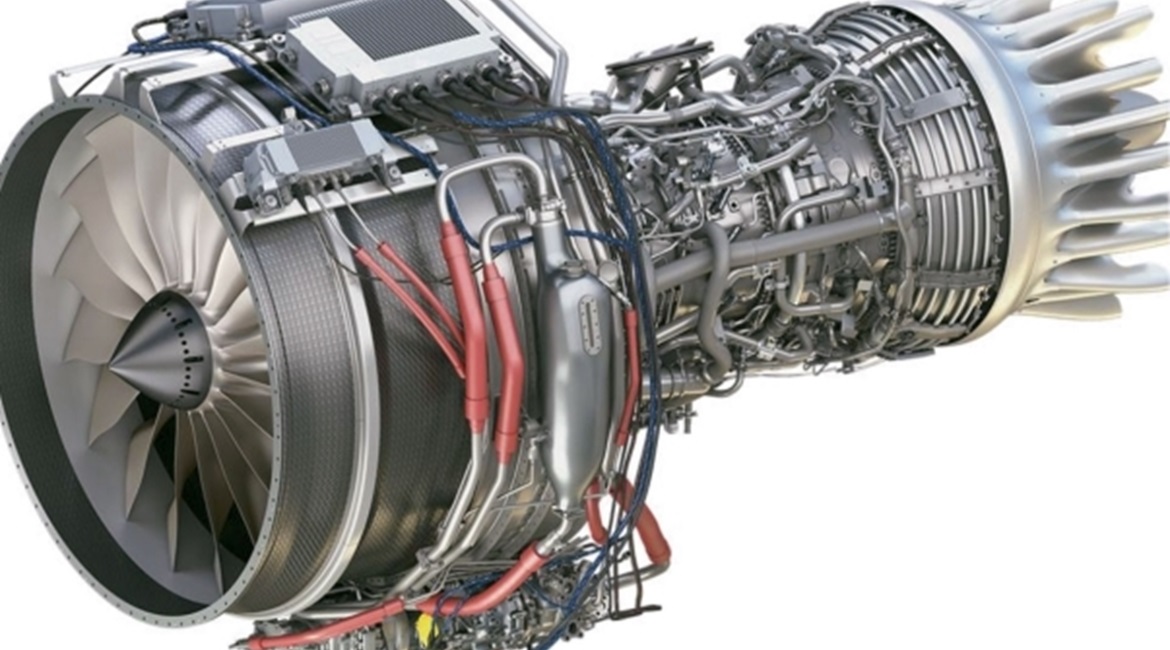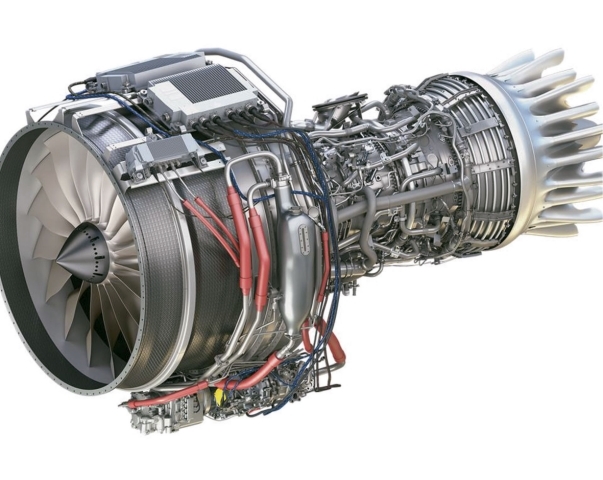
The US Air Force (USAF) faces a variety of integration issues ranging from connectivity to weight when it eventually attempts to install new engines on its fleet of Boeing B-52H Stratofortress heavy bombers.
The USAF is proceeding with this effort that is formally known as the B-52 Commercial Engine Replacement Program (CERP). CERP promises to be a big procurement opportunity for industry, as the USAF has 76 B-52Hs in service: 58 (four test) in the active service plus 18 in the Air Force Reserves. The USAF would procure at least 608 engines, as there are eight Pratt & Whitney TF33-P-3/103 turbofan engines on each platform.
The Pratt & Whitney PW800 (Pratt & Whitney)
The current industry offerings for CERP are Pratt & Whitney, with its PW800, and Rolls-Royce, with its BR725 from the company’s family of F130 engines. General Electric (GE) is offering its legacy CF34-10 engine and its newer Passport propulsion system.
Replacing engines on an aircraft such as the B-52H, which initially entered service in the 1950s, is not as easy as simply procuring and installing new propulsion systems, even if they are commercial off-the-shelf (COTS) offerings. Christopher Johnson, Pratt & Whitney executive director for mobility and diverse engine programmes, told Jane’s on 25 February that integrating new engines was risky as there were weight concerns. The USAF, he said, must ensure that the B-52H wings could handle a heaver engine if the proposed engine was indeed heavier than the TF33.
There could also be potential changes needed to physically and electronically connect the new engines in the aircraft’s nacelles. Craig McVay, Rolls-Royce senior vice-president for strategic campaigns, told Jane’s

Looking to read the full article?
Gain unlimited access to Janes news and more...




